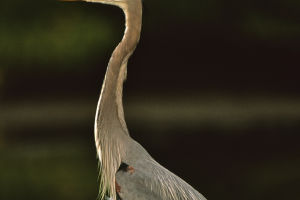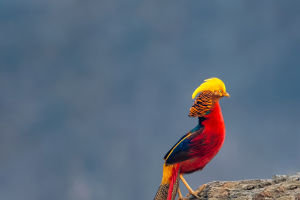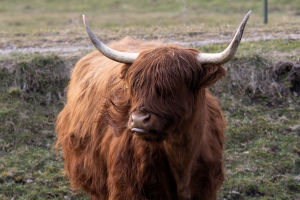Penguins are unique to Antarctica, but they are not.
There are 18 species of penguins in existence, and apart from the emperor penguin and the Adelie penguin, the other 16 species are not unique to Antarctica.
King penguins are found not only in the Antarctic but also in the Indian and Atlantic Oceans.
Magellanic penguins live in the tropical waters of South America, and Africa, which has always been known for its heat, has a large distribution of penguins.
Therefore, penguins do not live only in the Antarctic, and not all penguins prefer cold conditions.
However, no penguins indeed survive in the entire northern hemisphere.
So why is there no penguin distribution in the Arctic, which is also dominated by cold?
Penguins are the oldest extant waterfowl, and because penguins differ so much from other birds in morphology and genetics.
The most direct and earliest evidence for the origin of the penguin order is the fossils of penguins found in the Wimanu Fossil Area in New Zealand, just over 2000 km from the Antarctic.
According to the analysis by paleontologists, these fossils were found to be about 62 million years old.
According to the fossil recovery, the penguins were only about 1.3 meters long, and their wings were already highly degraded.
Since then, paleontologists have discovered many more penguins in Peru and Antarctica.
According to these fossil studies, they date to about 42 million years ago.
The sword-beaked penguin found in Antarctica is the largest penguin known to date.
Thus, scientists have concluded that the earliest penguin orders may have originated near the Antarctic.
But over the next 10 million years, they moved to some lower latitudes.
Moreover, according to the morphology of the earliest penguin fossils, its wings were also highly degraded.
Thus, the earliest form of penguin was a flightless bird.
Thus, in general, the penguin order has not changed much from the beginning of its differentiation to the present, except for differences in body size.
And in terms of distribution, they have called the southern hemisphere home for tens of millions of years, with some remaining in the Antarctic and some swimming out to make their homes near other shorelines in the southern hemisphere.
This has led to the existence of 18 different species of penguins.
And it's because they can't fly, they can only swim.
So the penguins that originated near the South Pole never made it out of the Southern Hemisphere.
We believe that the name Arctic penguin is not new to everyone, and it is this name that makes many people think that there are penguins in the Arctic as well.
The Arctic penguin is an alias for the great sea finch. The reason why it has this name is that it looks so much like a penguin, both have a black and white appearance, and both are birds that walk standing up and do not fly.
And the reason they have similar looks is due to three reasons.
1. Once great sea finches lived near the Arctic, where the cold climate is similar to that of Antarctic penguins. 2. Both are flightless birds 3.
They both live by the sea and feed mainly on marine life.
At these three points of homology, the two species evolved convergently and ended up with a similar appearance.
As a result, there has never been a penguin in the Arctic or the northern hemisphere.


